FIFA, the global authority on football, has introduced the official ball for the 2026 World Cup, dubbed the ‘Trionda.’ This innovative match ball, crafted by Adidas, integrates artificial intelligence technology. Equipped with a built-in chip, it transmits crucial data directly to the Video Assistant Referee (VAR) system.
Revealed at an event in New York, FIFA highlighted that the Adidas Trionda-meaning ‘three waves’-is engineered to assist referees and players by enhancing decision-making through its advanced technological features, particularly for offside calls and VAR reviews.
“This is the most visually engaging World Cup ball we’ve ever developed. It’s a masterpiece designed for the grandest stage, inviting players to hold, appreciate, and most importantly, play with it,” remarked Sam Handy, General Manager of Adidas Football.
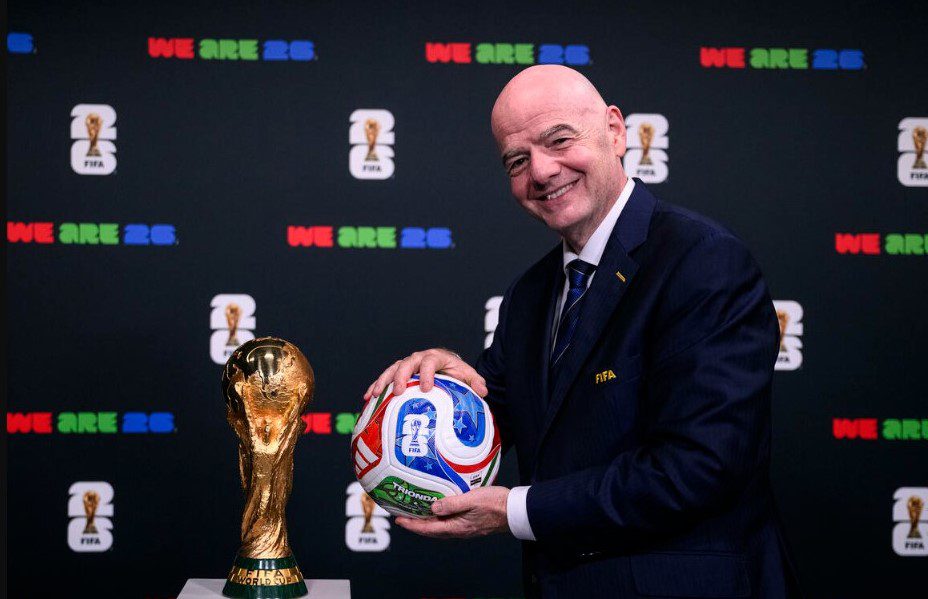
Adidas emphasized that the Trionda stands apart from previous match balls. As the latest advancement in AI-powered connected ball technology, it provides instantaneous data and analytics that will influence referee judgments and tactical evaluations throughout all 104 tournament matches.
“This will be the most sophisticated match ball Adidas has ever produced,” Handy added.
The 2026 FIFA World Cup will be a historic event, jointly hosted by the United States, Mexico, and Canada. For the first time, the tournament will feature 48 national teams competing for the title.
FIFA views the Trionda as a symbol of innovation, embracing AI and cutting-edge technology to elevate the accuracy and fairness of match officiating.
Also Read: Top 5 platforms to stream live football matches on your smartphone.
Five standout features of the Trionda
1. Integrated chip technology
Adidas has embedded a motion sensor chip within the Trionda, making it a prime example of Connected Ball Technology. This chip continuously sends real-time information about the ball’s movement to the VAR system, enhancing the precision of officiating.
This innovation complements the recently approved “ref cams” or body cameras worn by referees, providing multiple layers of data to support decision-making during matches.
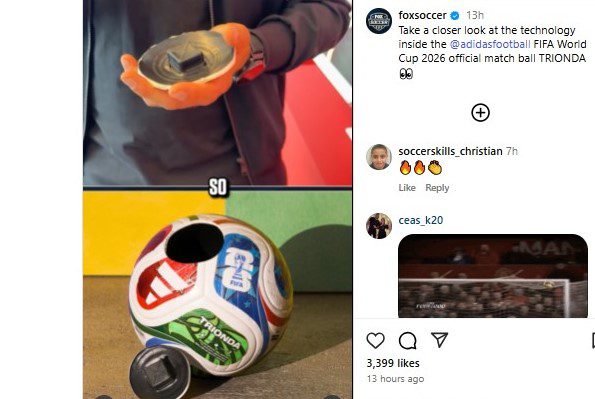
2. Advanced player tracking
Utilizing AI capabilities, the Trionda can monitor player positions on the field with remarkable accuracy. This feature aids referees in making swift and accurate offside and handball rulings by closely analyzing every ball touch.
Coaches also benefit from this technology, gaining valuable insights into player movements and positioning patterns, which can inform tactical adjustments and game strategies.
3. Enhanced flight stability
Unlike previous World Cup balls such as the 2014 Brazuca, which faced criticism for erratic flight paths, the Trionda is engineered for superior stability during play.
Its design incorporates a four-panel structure, deep seams, and carefully placed debossed lines, all contributing to consistent ball trajectory and control. This ensures players can execute precise passes and anticipate the ball’s movement more reliably.
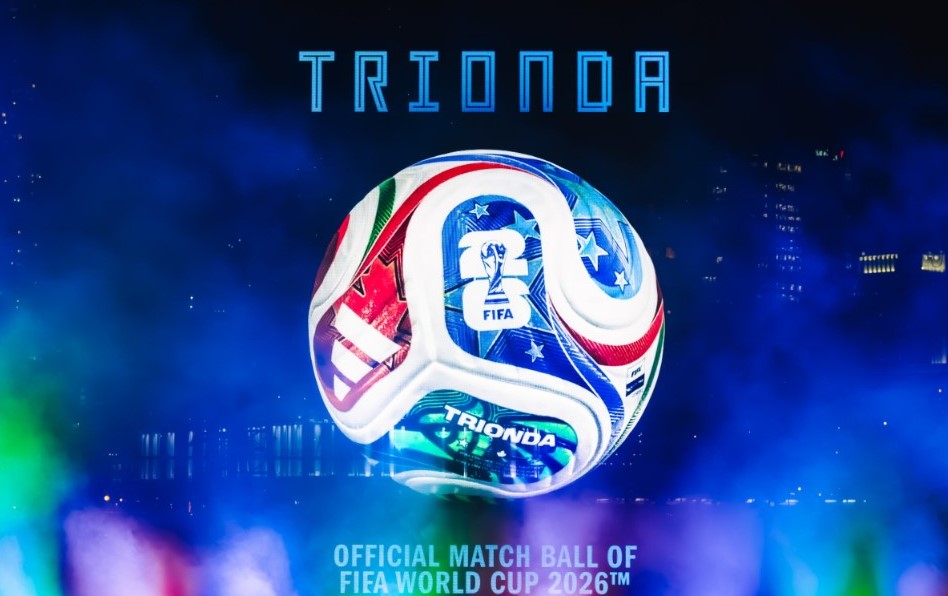
4. Adaptability to varied climates
Designed to perform consistently across the 16 host cities spanning three countries, the Trionda features a textured surface that maintains grip and feel regardless of weather conditions.
This ensures players experience uniform ball performance whether playing in humid coastal areas or cooler inland venues, enhancing the overall quality of the game.
5. Origin and design symbolism
The name ‘Trionda’ merges “Tri,” representing the trio of host nations, with “Onda,” the Spanish word for “wave,” symbolizing the unifying surge of excitement the tournament will generate worldwide.
The ball’s aesthetic draws inspiration from the 2014 Brazuca, incorporating colors and symbols emblematic of each host country: a blue star for the USA, a red maple leaf for Canada, and a green eagle for Mexico.
Prominent football stars such as Jude Bellingham, Lionel Messi, and Lamine Yamal have endorsed the Trionda, featuring in its promotional campaigns.
FIFA has priced the ball at approximately £119/$160 (~N240,000).
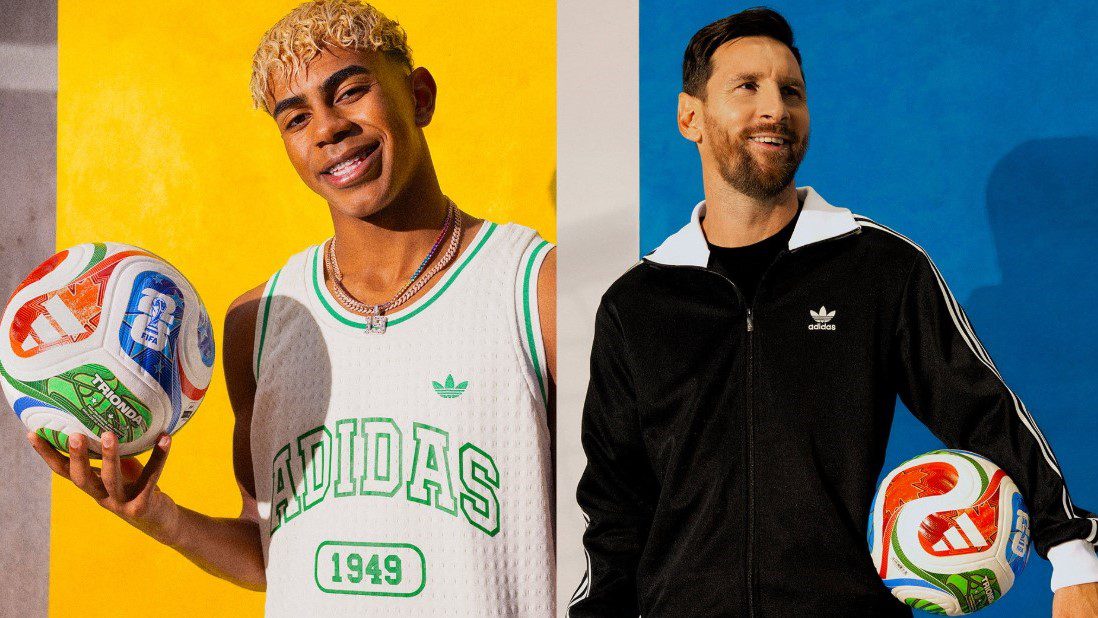
In addition to the ball launch, FIFA has commenced phased ticket sales, with over 4.5 million fans from 216 countries entering the pre-sale lottery.
The official tournament draw is scheduled for December 5 in Washington, D.C., with the World Cup matches set to take place from June 11 to July 19, 2026.


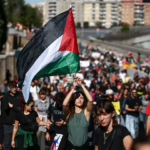
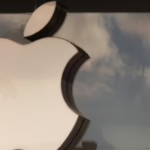
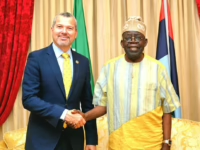

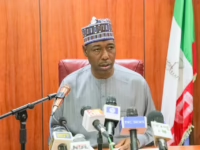


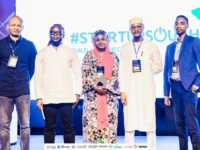


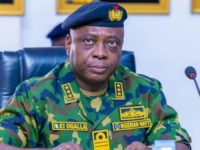
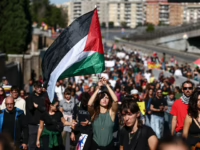
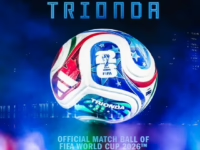
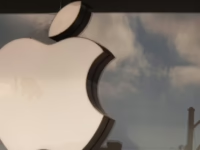

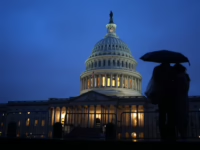

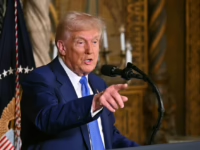
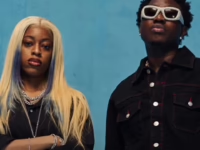
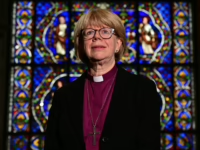
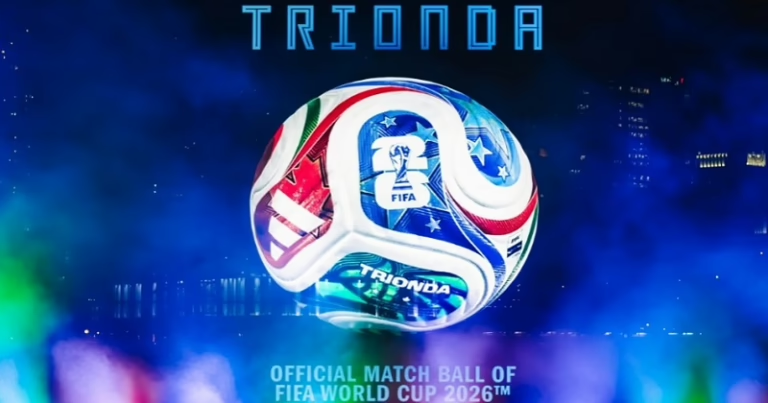


0 Comments